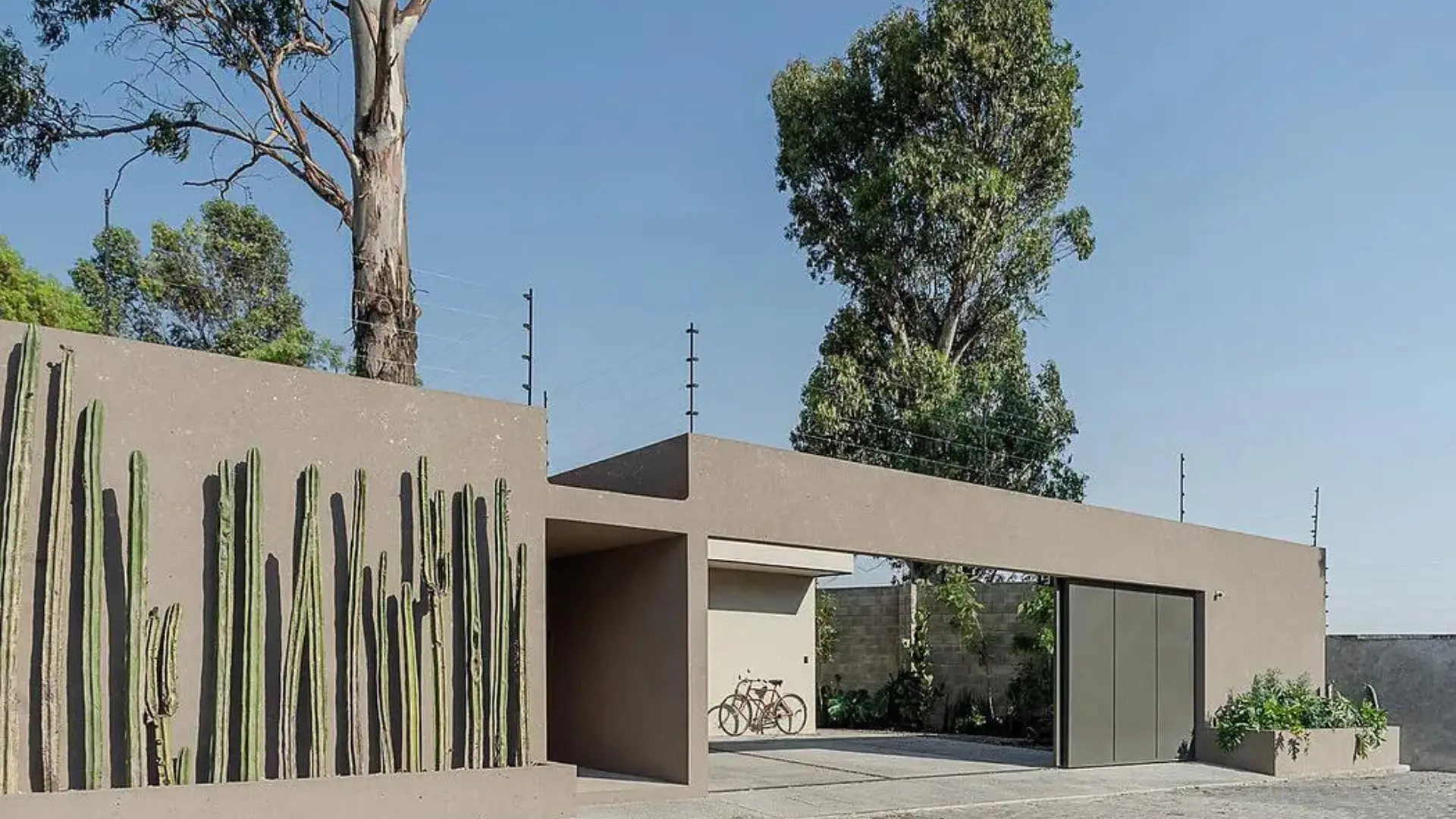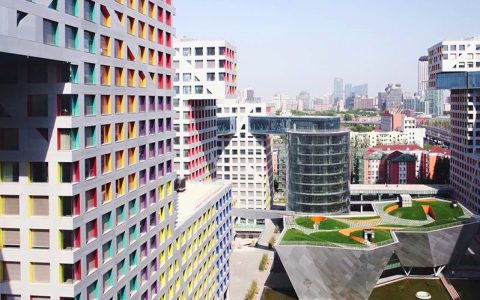Modern Mexican architecture, evolving from 20th-century masters like Luis Barragán, masterfully blends international currents with deep-rooted Mexican traditions, materials, and environmental response. It's globally recognized for its powerful forms and experiential qualities. Here are five defining features prominent today:
1. Profound Integration with Landscape and Site
Buildings don't just occupy land; they converse with it. Designers meticulously analyze topography, sun paths, prevailing winds, and existing vegetation. Structures often step down slopes, frame specific vistas, or incorporate courtyards that blur indoor/outdoor boundaries, creating seamless transitions to the natural context.
2. Masterful Use of Authentic Materials
A move towards material honesty and locality is paramount. Key materials include:

- Exposed Concrete: Celebrated for its raw texture and sculptural potential, often used in monolithic forms.
- Local Stone: Volcanic stone, chukum-finished concrete, or regional sandstone add earthy textures and thermal mass.
- Wood: Sustainably sourced hardwoods like parota for structure, screens, and detailing.
- Artisanal Elements: Handcrafted tiles, woven textiles, and forged ironwork connect to craftsmanship traditions.
3. Dramatic Play of Light, Shadow, and Color
Inspired by Barragán's legacy, light is a fundamental design element. Architects employ:
- Carefully placed skylights and clerestory windows to sculpt interior light.
- Perforated screens (celosías) that create dynamic patterns of light and shadow.
- Bold, saturated colors used strategically on walls, ceilings, or elements to evoke emotion and define spaces, contrasting with neutral material palettes.
4. Reinterpretation of Vernacular and Cultural References
Modernism isn't a rejection of the past but a critical reinterpretation. Architects draw inspiration from:
- Pre-Hispanic geometries and spatial concepts.
- Colonial elements like courtyards (patios) and thick walls, updated for contemporary use.
- The spatial richness and intimacy found in traditional Mexican homes and haciendas.
This results in a modern language imbued with a distinctly Mexican spirit.
5. Emphasis on Sustainability and Passive Design
Responding to climate and resource consciousness, modern Mexican architecture increasingly prioritizes:
- Natural ventilation strategies leveraging cross-breezes and thermal chimneys.
- Optimized solar orientation and deep overhangs for shade.
- Thermal mass from stone, adobe, or concrete to regulate interior temperatures.
- Water harvesting and reuse systems, crucial in many regions.
- Integration of native, low-water vegetation.
These features collectively create architecture that is site-specific, materially rich, sensorially engaging, culturally resonant, and environmentally responsive – solidifying Mexico's significant place on the global architectural stage. Explore the works of firms like Taller Aragonés, Tatiana Bilbao, and Alberto Kalach to witness these principles vividly expressed.





